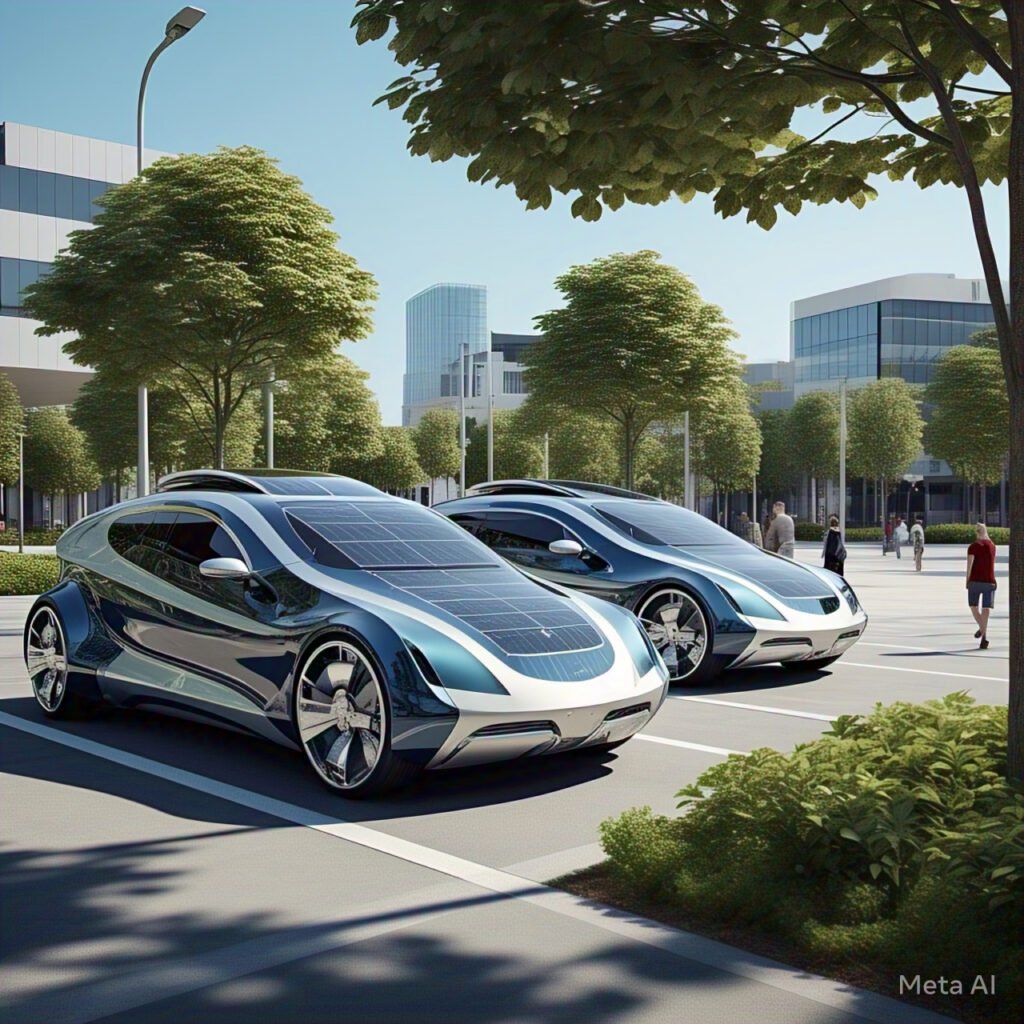Sustainable Transportation
1. Reduced carbon footprint : Transportation accounts for 23% of global CO2 emissions.
2. Promoting walking, biking, and public transportation are examples of alternative modes.
3. Electrification: Transitioning to electric vehicles (EVs) and hybrid vehicles.
4. Smart traffic management: Optimizing traffic flow to reduce congestion and emissions.
Eco-Friendly Vehicles
1. Electric Vehicles (EVs): Zero tailpipe emissions, reducing greenhouse gas emissions.
2. Hybrid Vehicles: Combining conventional engines with electric motors.
3. Hydrogen Fuel Cell Vehicles: Emitting only water vapor and heat.
4. Biofuels: Derived from renewable sources like plants and waste.
5. Solar-Powered Vehicles: Using solar panels to generate electricity.
Benefits
1. Environmental benefits: Reduced emissions, improved air quality.
2. Economic benefits: Lower operating costs, reduced dependence on fossil fuels.
3. Reduced air pollution and improved public health are the health benefits.
Challenges
1. Infrastructure: Limited charging infrastructure for EVs.
2. Cost: Eco-friendly automobiles have higher up-front costs. 3. Technology: Limited range and performance of eco-friendly vehicles.
- Future Outlook
1. Increased adoption : Growing demand for eco-friendly vehicles.
2. Technological advancements: Improving range, performance, and affordability.
3. Government incentives: Encouraging the adoption of sustainable transportation solutions.




